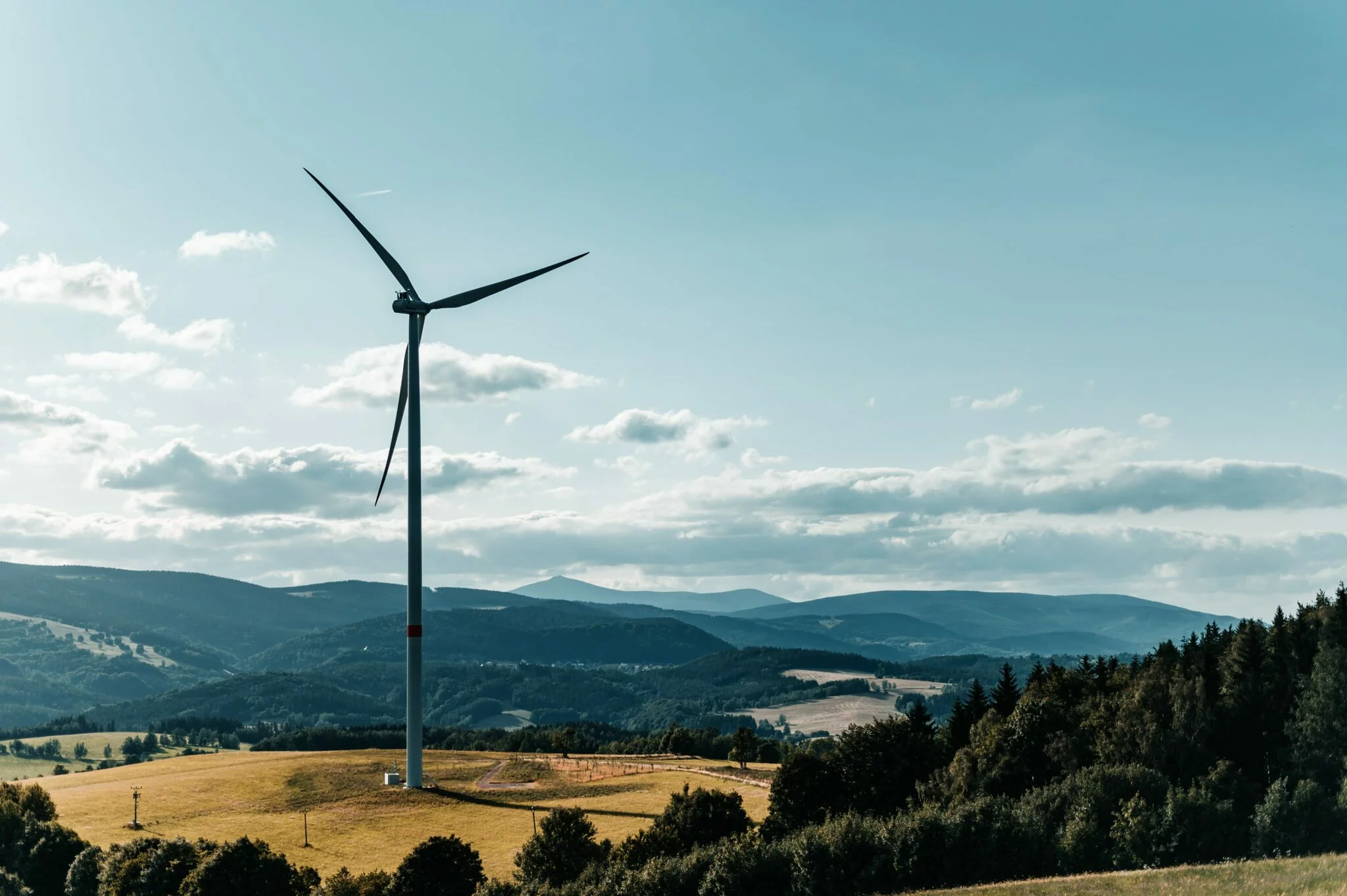THEODOROS ZACHARIADIS, NESTOR FYLAKTOS, ELIAS GIANNAKIS, CONSTANTINOS TALIOTIS, MARIOS KARMELLOS, MARK HOWELLS, WILL BLYTH, STÉPHANE HALLEGATTE
Everybody agrees that a strong policy response to COVID-19 is and will be needed. And everybody agrees that it would be even better if this response could also contribute to solve problems that predate this crisis, from slow growth to high dependence on fossil fuels. In particular, stimulus packages could play a fundamental role in making the recovery more resilient, sustainable, and set in place pathways to decarbonization.
In a previous blog post, we described a framework to screen for country-specific measures that contribute to the needed short-term economic stimulus, while also integrating climate policies and building resilience. We follow up here by presenting results from the implementation of this approach in the case of Cyprus, an island state and European Union member in the Eastern Mediterranean with a population of about one million. A detailed report of the methodology and results can be found here. So what are the main takeaways that can also be applied to other countries?
“Stimulus packages could play a fundamental role in making the recovery more resilient, sustainable, and set in place pathways to decarbonization. “
Understanding the Approach
We start from thirteen green recovery measures that are relevant for the country, most of which are drawn from existing national economic and climate plans. Other investments or reforms were added if they were important additions to drive the green transition in the medium and long term, assessed against numerous criteria related to environmental sustainability, socio-economic and job impact, and climate resilience, and based on the World Bank proposed sustainability checklist.
The aim of our science-policy framework is to inform and enable decisions by policymakers with transparent analyses and estimates that combine expert knowledge, quantitative open-source modelling, and qualitative inputs by diverse social actors. Quantitative evaluations were performed with an economic input-output model and an energy-system model. For the qualitative part, the assessment process followed state-of-the-art multi-criteria decision methods and engaged stakeholders from government, enterprises, and civil society.
Quantitative modelling provided important insights on the impact of recovery measures on economic growth, employment, energy use, and carbon emissions. Qualitative and expert opinions complemented these numerical results with considerations that cannot easily be quantified and modelled. For instance, available tools and data did not allow us to look at the distribution of jobs between skilled and unskilled positions, and these important considerations had to be included based on expert opinions.
Representatives from the national energy, transport and finance ministries of Cyprus as well as from businesses and NGOs provided qualitative input by scoring each measure according to eleven short-term and twelve long-term criteria. They also provided their individual views about the relative importance of each criterion. We then derived the final ranking of the recovery measures based on model results and stakeholder input, using average scores and weights of all stakeholders.
Key Results:
Greening the Stimulus Will Be Good for Jobs
We found overwhelmingly that a “business-as-usual” stimulus package is more than a missed opportunity to make the economy more sustainable: it is actually notably less efficient to generate activity and employment over the short-term than a greener package.
In fact, several green interventions can create twice as many jobs per million Euros invested than a business-as-usual package that supports demand without sectoral targeting. International economic policy bodies have made similar statements (including the International Monetary Fund and the Coalition of Finance Ministers for Climate Action), and our country-specific results provide additional evidence that the post-COVID response offers an opportunity to capture synergies between the short and the long term.Image

Source: “Building Back Better” in Practice – A Science-Policy Framework for a Green Economic Recovery After COVID-19
Stronger Together: Multiple Measures Add up To More Than the Sum of Their Parts
We also found that no single measure meets all needs, rather, a portfolio of measures is necessary. As shown in the graph below, some actions may yield synergies and help achieve several objectives, but there are also trade-offs between immediate and long-run effects, between economic and environmental objectives, and between expert evidence, model results, and societal priorities. Balancing these effectively will also require policymakers to consider multiple criteria, including qualitative evaluations, in their decision-making.
“Several green interventions can create twice as many jobs per million Euros invested than a business-as-usual package that supports demand without sectoral targeting.”
Expect the Unexpected
Results from the participatory process led to some expected outcomes. For example, grants for more energy efficient buildings, encouragement of photovoltaic installations, and investments in public transit were all positively received.
However, some results were more surprising. A measure that’s often considered unpopular and politically difficult – a budget neutral carbon tax – was identified as the first priority. In fact, the potential to accelerate economic growth by using carbon tax revenues to reduce other distortionary taxes proved very attractive.
On the other hand, modernising energy infrastructure was not prioritized by stakeholders, because of the implementation delays that made the short-term benefits uncertain. And while nature-based solutions like tree planting are considered as very promising for the short and longer term because they are job intensive and deliver multiple benefits, from carbon sequestration to more resilient ecosystems, they were not perceived to be feasible or cost-effective.
In some cases, contradictions between stakeholder views and modelling results and expert opinions call for more analytical work to understand them and better inform decisionmakers. But stakeholder views should be taken very seriously, as they are informed by information that cannot be included in models and can provide critical insights into measures that may have lower social acceptance than experts believe.
“A measure that’s often considered unpopular and politically difficult – a budget neutral carbon tax – was identified as the first priority. In fact, the potential to accelerate economic growth by using carbon tax revenues to reduce other distortionary taxes proved very attractive. “
Taking This Approach Forward With Speed and Scale
A crisis by definition is a situation where timeliness is critical – a situation that obviates the possibility of taking years to shape an ideal recovery package. Our two-step approach – combining modelling when tools and data are available, and experts and stakeholders’ opinion to complement quantified results and prioritize action – is one solution to finding a balance between being timely and confidence. Moreover, because this approach can cope with missing data and fragmented models, it can also be applied in multiple contexts, including where data and models are less easily available than, say in EU countries.
This analysis provides useful insights into the opportunities to green the recovery but it must be complemented by a broader look at the full package of recovery measures, including those that are not related to energy and climate change at first glance. For instance, public investments will be directed to health and social care infrastructures as well as information and communication technology, and climate considerations can be incorporated in the design of these investments.
This article is a repost of the original published here on the World Bank website.






